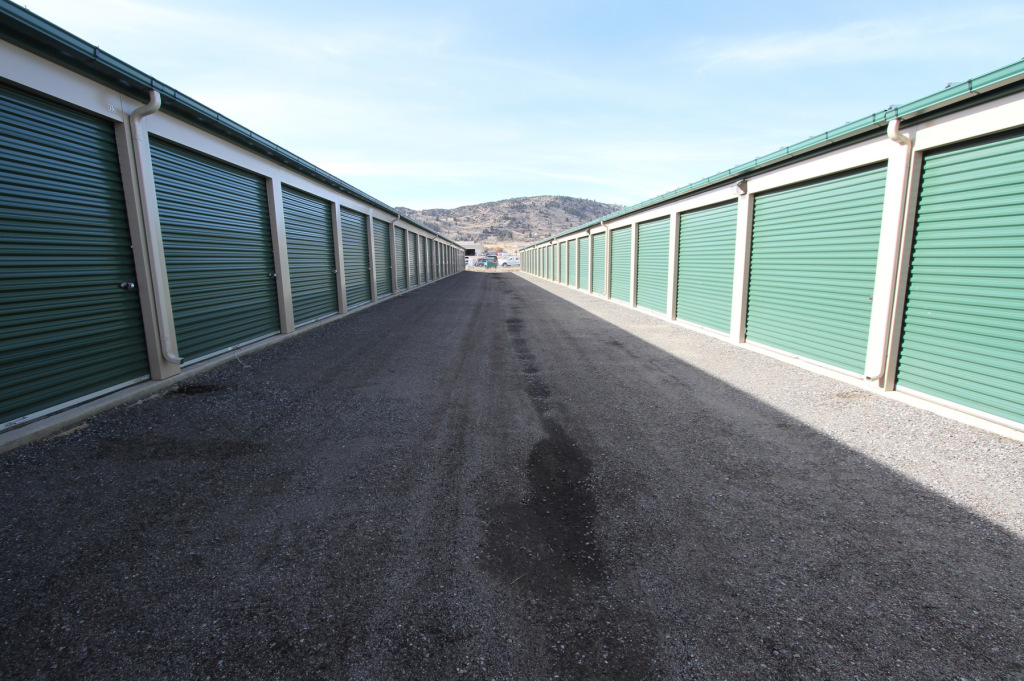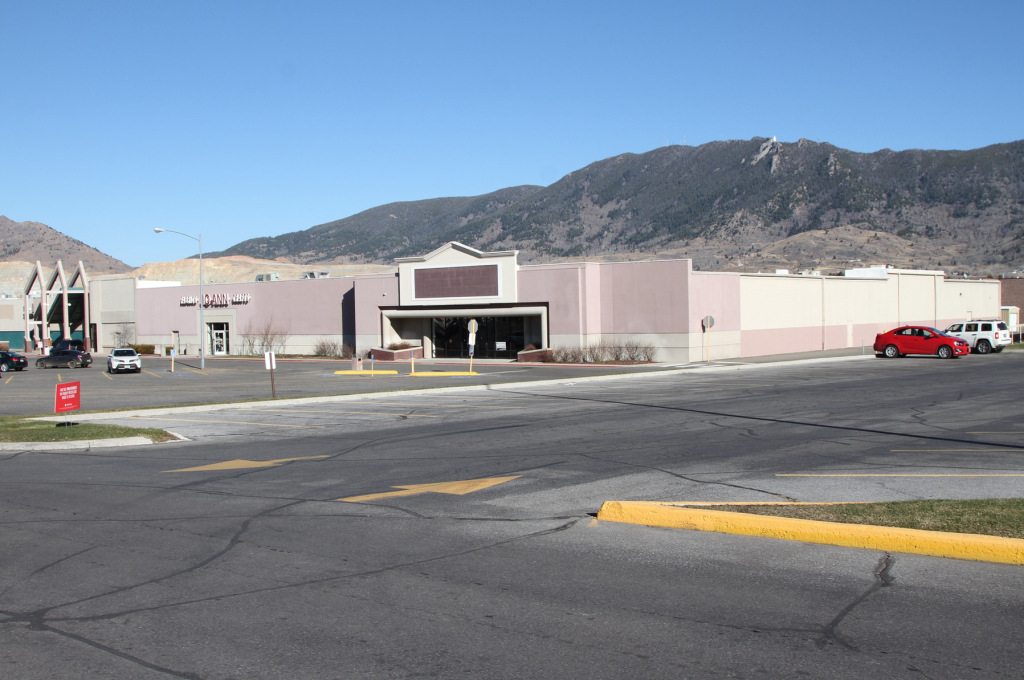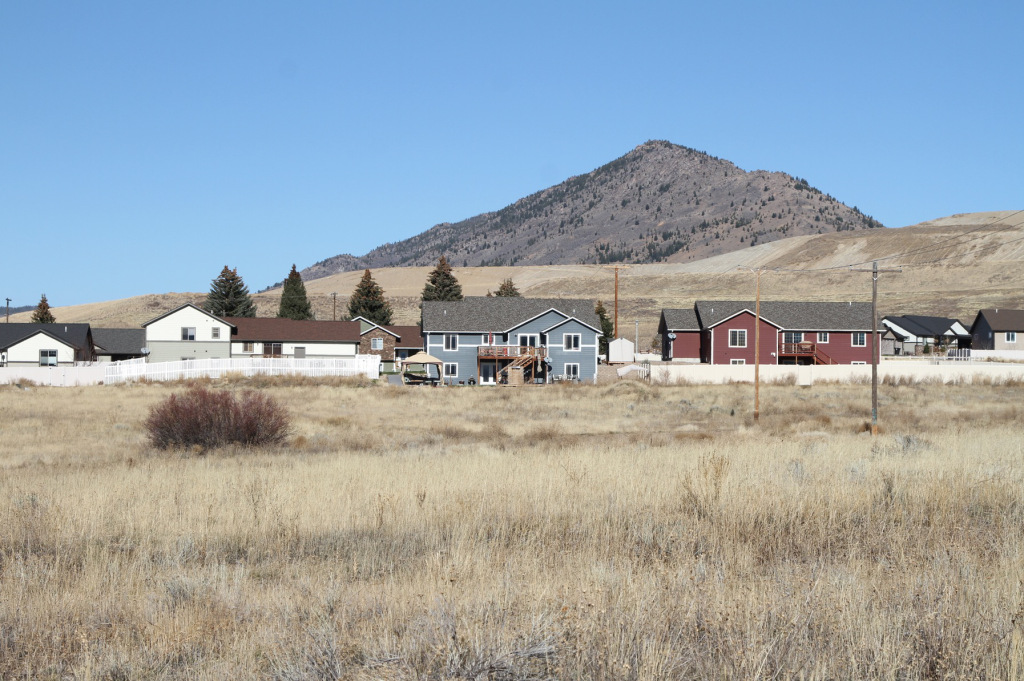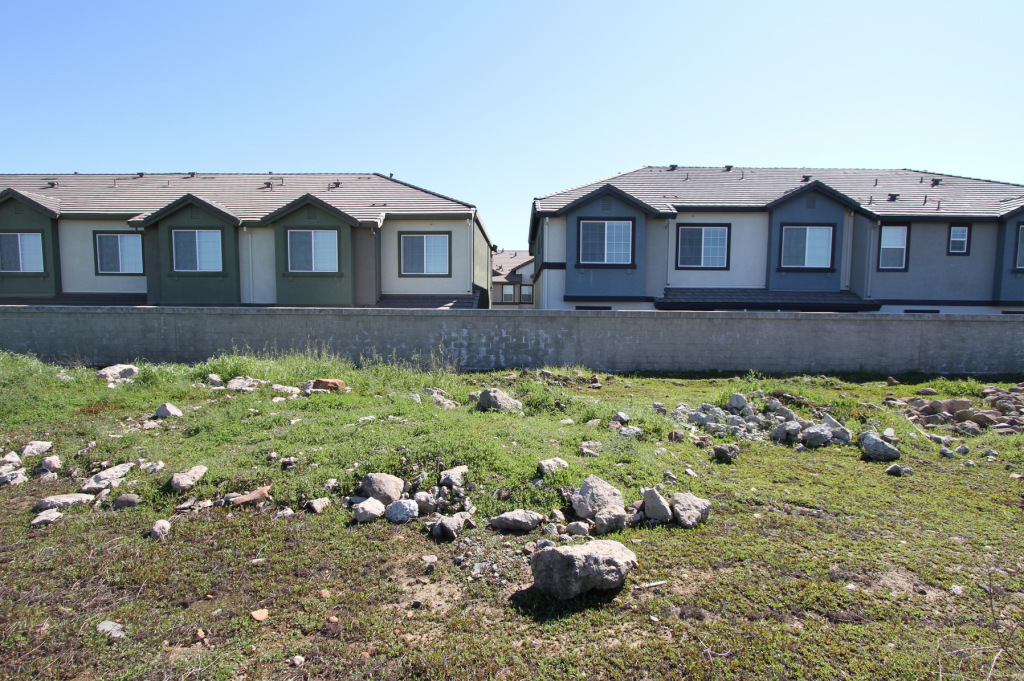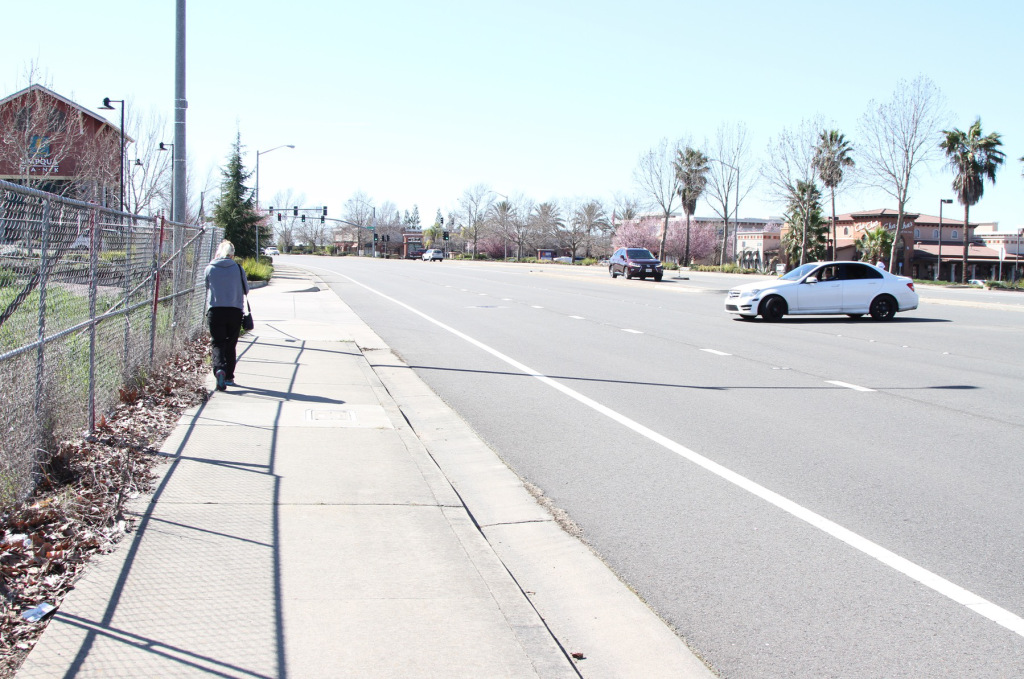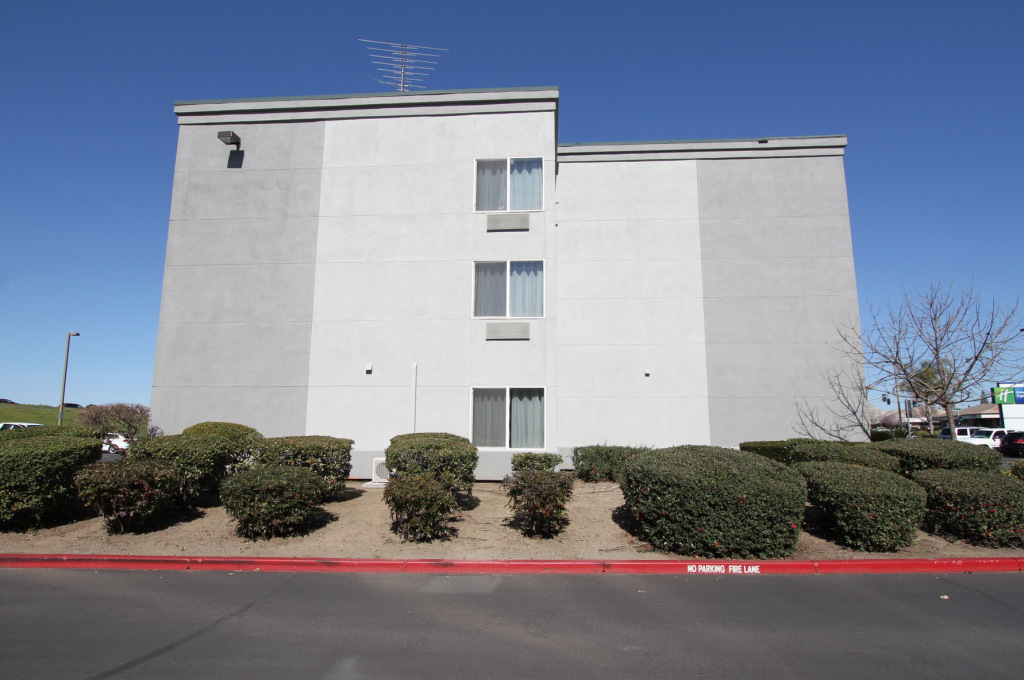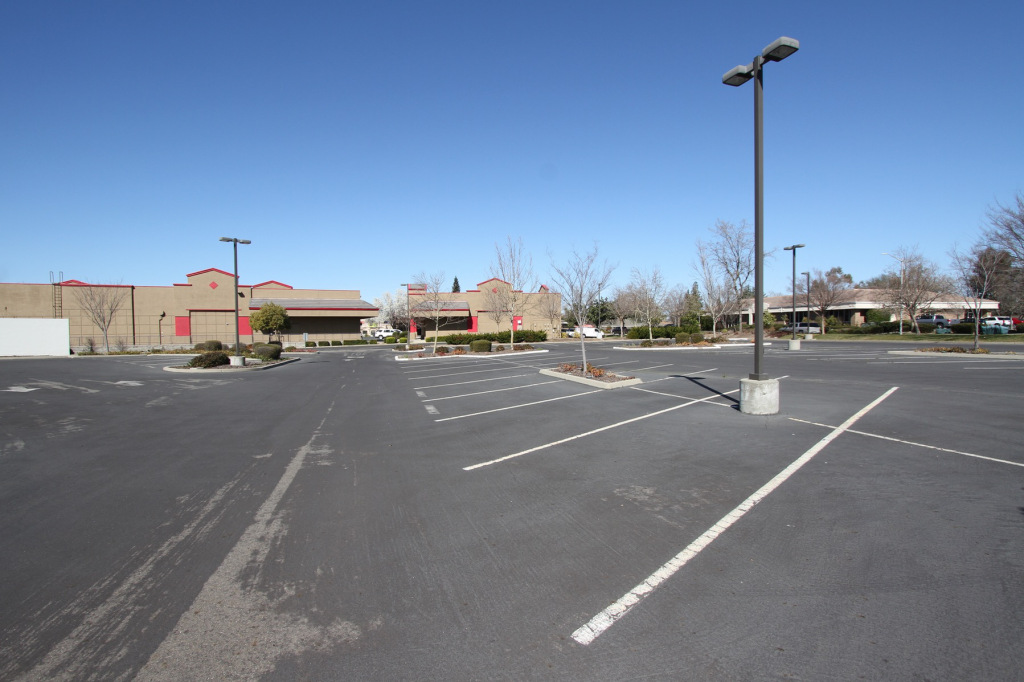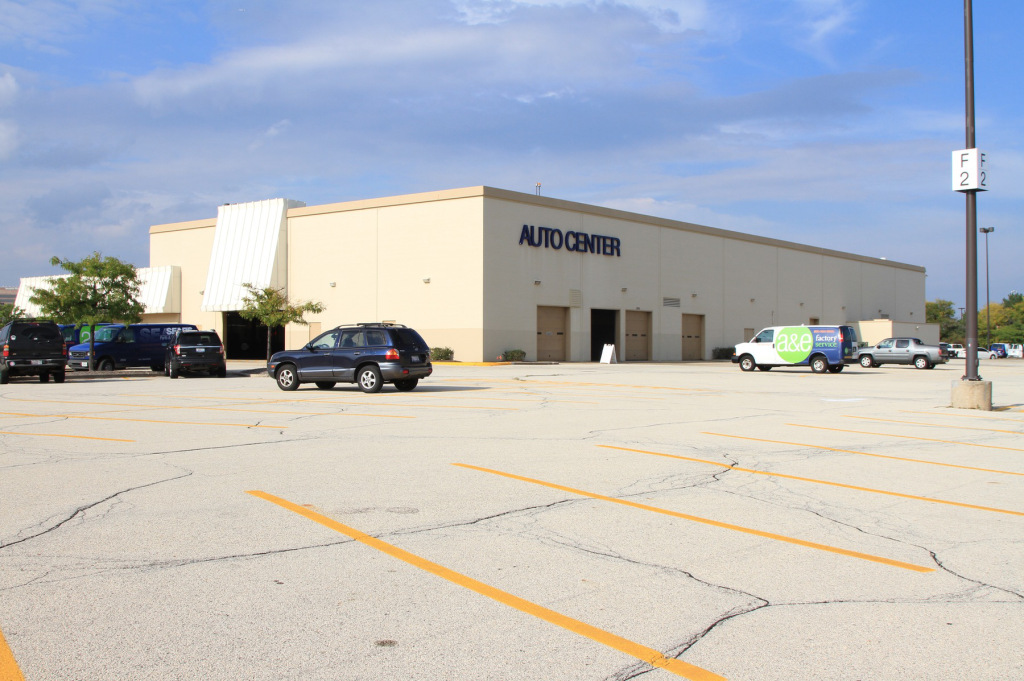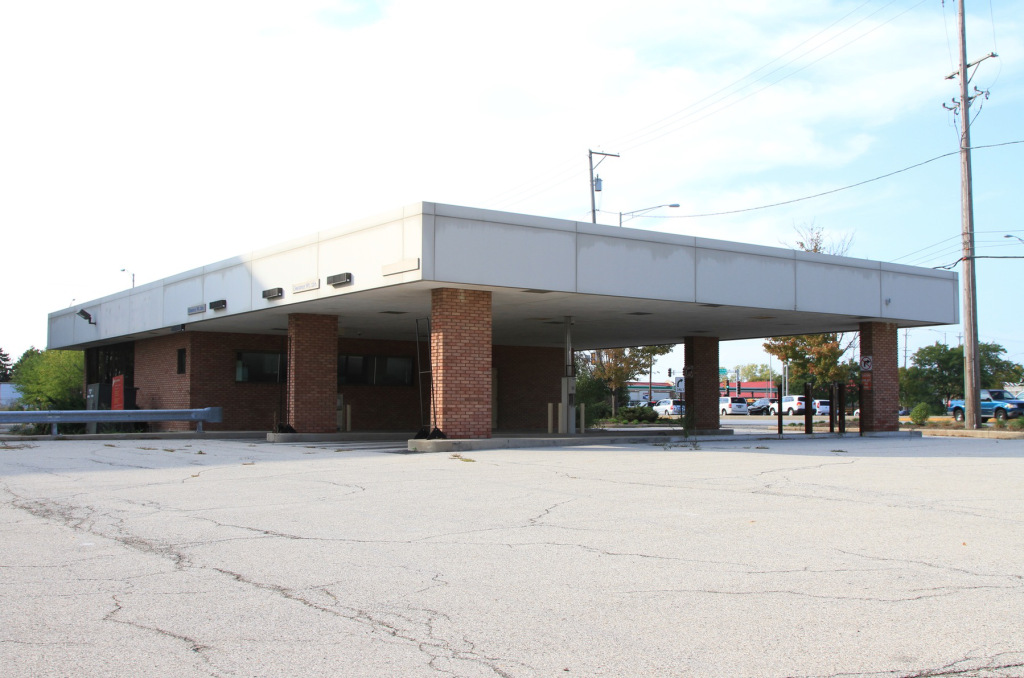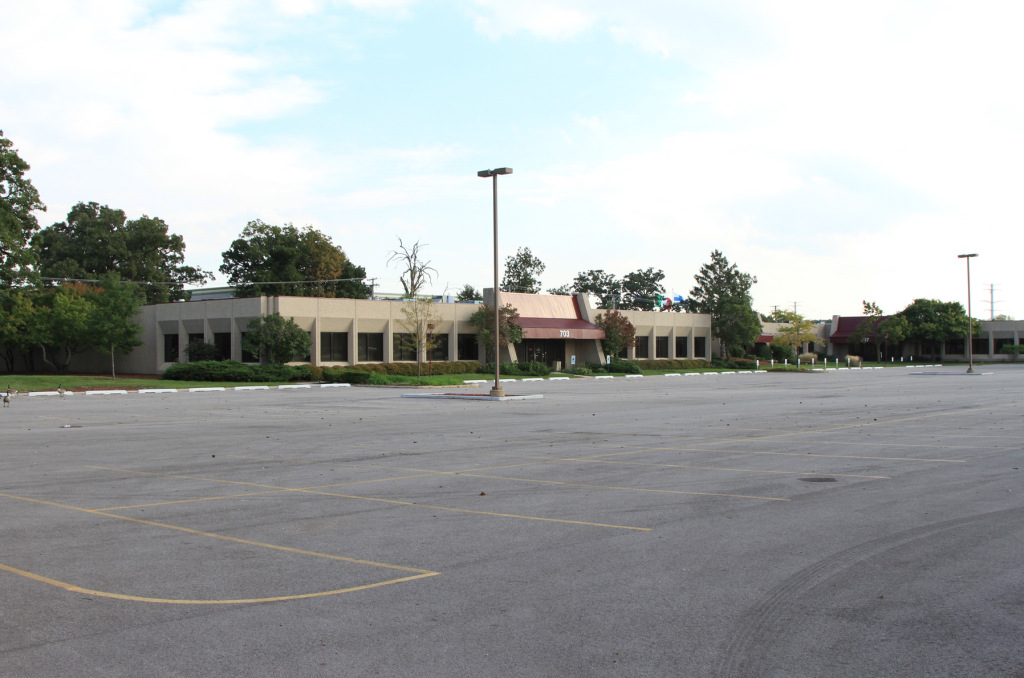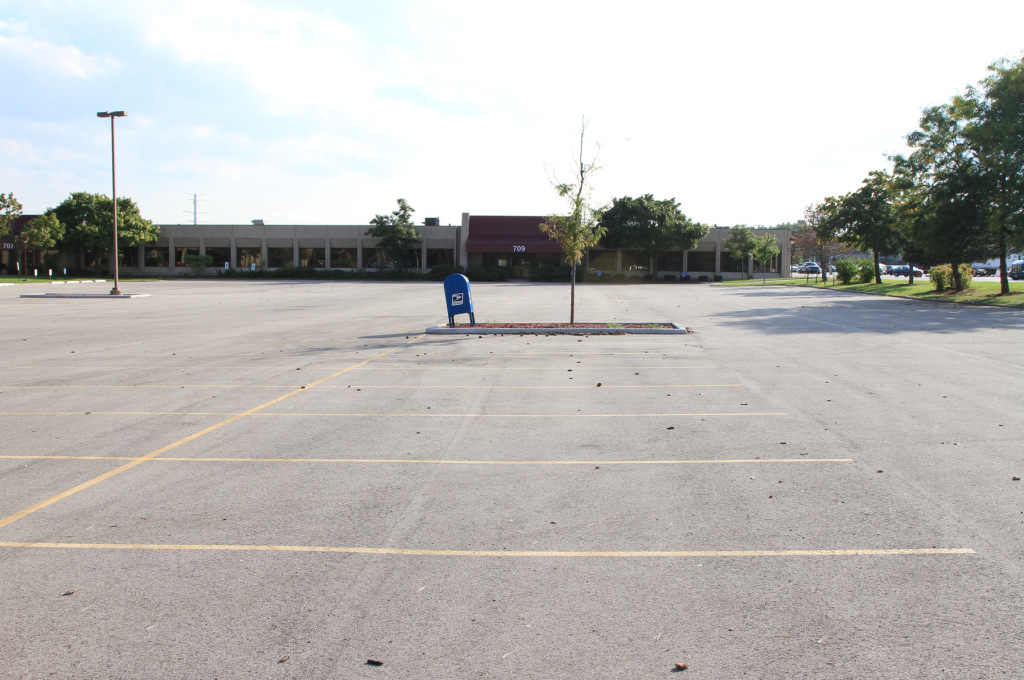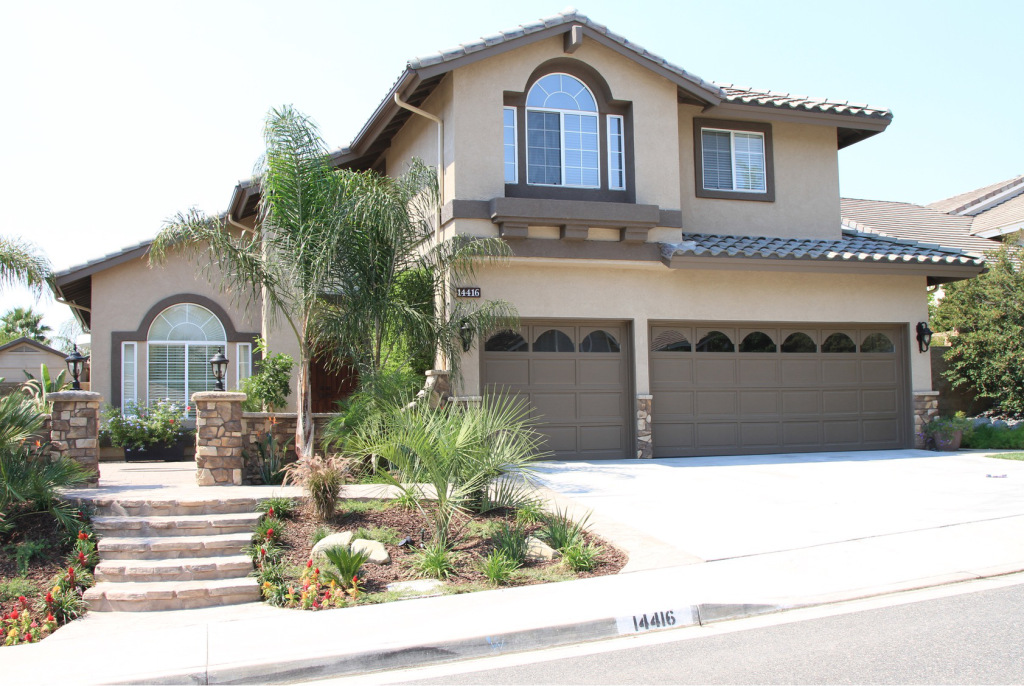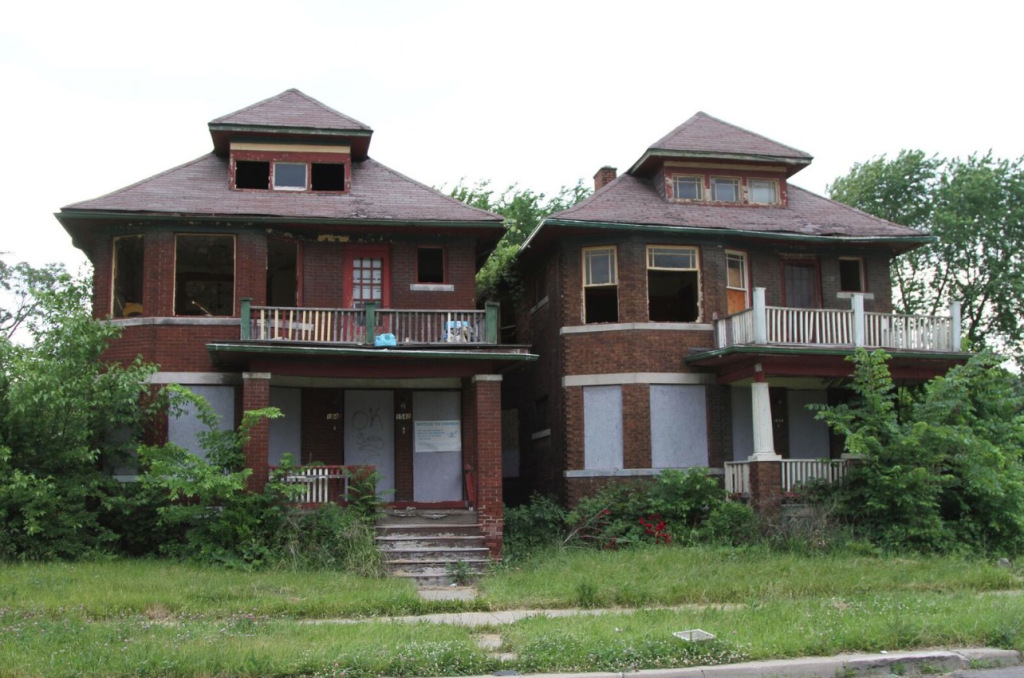The Shape of Things to Come
After several years of traveling around the country in the presence of city planners, economic development officials, elected representatives, engineers, production home builders, professional consultants, and groups of concerned citizens I’ve come to my own personal unified theory of America’s land use future. The short version is that we’ve got the built environment that we have and the overwhelming majority of it isn’t ever going to change much. If you want to know what things will look like in thirty or forty years… look around. That’s pretty much it.
There’s so much of it… tract homes on cul-de-sacs, suburban office parks, strip malls, big box stores, light industrial parks, self storage facilities, garden apartment complexes… even if society wanted to radically transform the landscape (which is absolutely not the case) it would be a sixty or seventy year endeavor. Personally, I won’t live long enough to see that shift. But business-as-usual isn’t an option either, regardless of what most people might prefer. What will change is the way the existing landscape will be valued and inhabited.
Communities are hitting a financial wall. Current tax revenue is entirely insufficient to cover the ongoing maintenance of municipal infrastructure – and by “infrastructure” I mean public services and staffing levels as well as the physical roads, pipes, and civic buildings. There simply isn’t enough productive private economic activity to support the underlaying public chassis that’s been built since World War II. So we’re in for a great deal of deferred maintenance, failed pension obligations, reductions in services, higher taxes (which will be called “user fees” and “code enforcement”) and ultimately default on public debt. That’s already baked in to the cake almost everywhere.
There are only two options moving forward. We can build more productive stuff on the existing infrastructure, or we can reduce the amount of infrastructure to come in to balance with the available productive capacity. So we’re going to do both – not necessarily on a voluntary basis. And the results will be unevenly distributed.
Some places will continue to be maintained pretty much as they are, largely by skimming revenue from other locations. Other spots will decline, lose value, become politically and culturally disposable, and be allowed to crumble. Still other districts will intensify and gain value and significance through infill development. I say this with a fair amount of confidence because that’s been the historic pattern for a very long time
There are people who advocate for small scale incremental infill development that could double or triple the productive capacity of a place gradually over time. A one story building could become a two story building. A two story building could become a three story building. Small cottages could be built in back gardens. A vacant lot could be filled with a small productive structure with a business on the ground floor and an apartment or two upstairs. It could be intimate and charming like the Norman Rockwell Main Street towns of a previous era. But the current regulatory framework doesn’t permit such a process. Neither does the popular culture that sees such infill as a direct assault on the American Dream. The cost and complexity of navigating multiple opaque and unresponsive bureaucracies is generally greater than the ultimate value of such modest projects. So it’s simply not going to happen.
Infill development needs to be large, complex, and expensive enough to overcome the administrative and cultural friction. A two hundred unit apartment complex with five stories of structured parking works just fine. It may be wildly out of character with the existing neighborhood. It may load up the area with additional traffic congestion. It may be far too expensive to meet the need for working class housing. It may concentrate ownership into very few hands. It may be built in an otherwise diffuse suburban landscape where walking and transit are unviable. But it can be built while smaller things can’t. Shrug. Whatever.
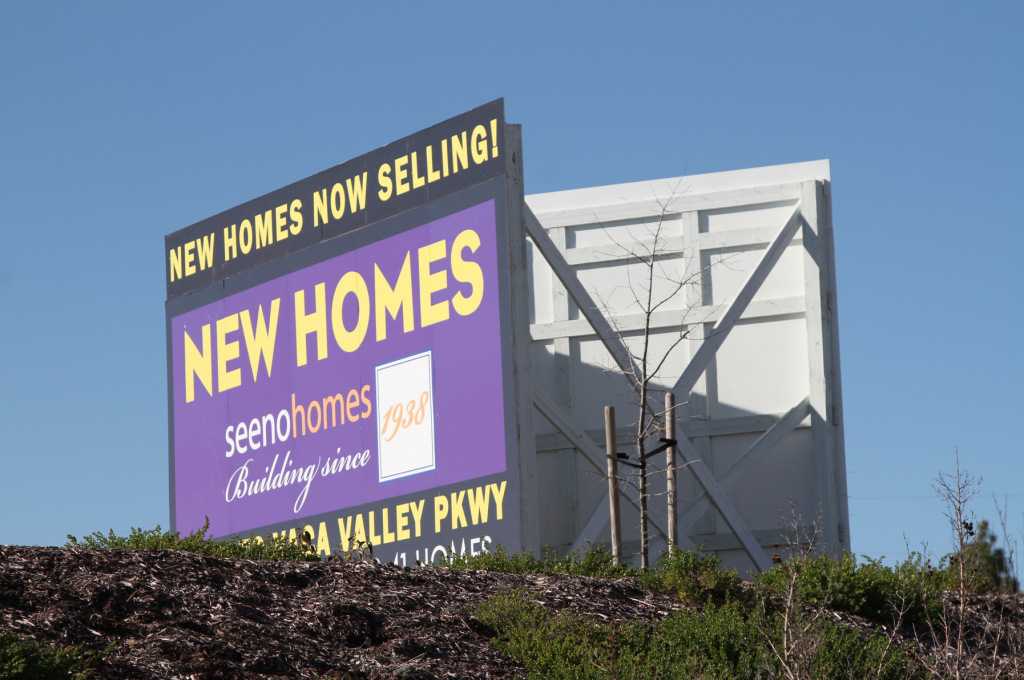

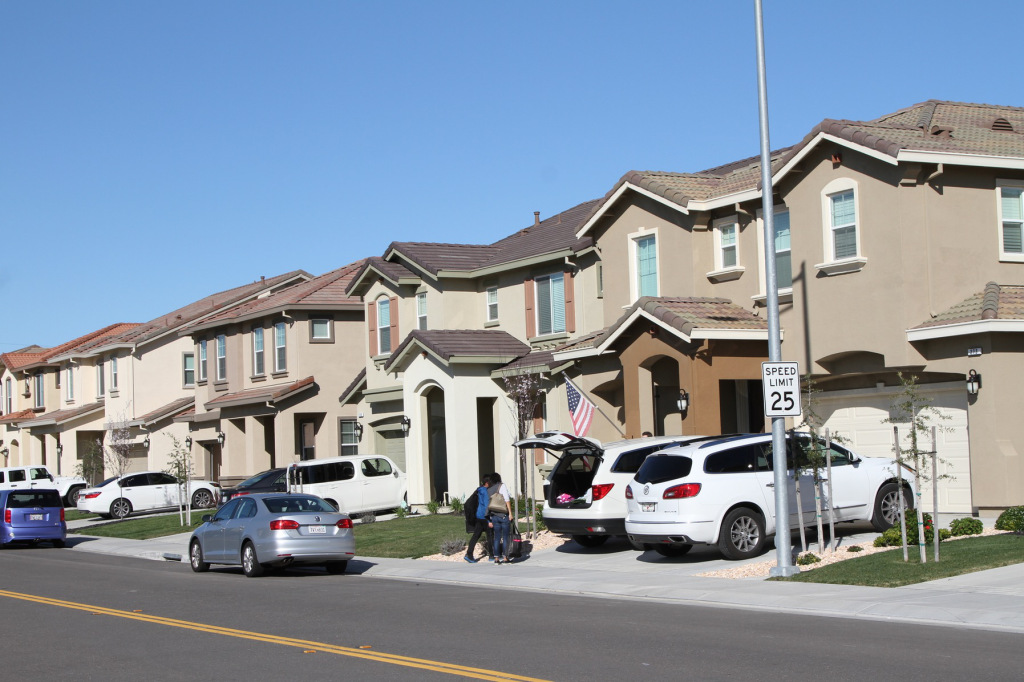
New subdivisions with comfortable attractive middle class homes sprout on the side of the freeway like mushrooms after a good rain. These are pleasant places to live. People like them. They’re profitable to build. Municipal officials embrace growth and development. This is how things are supposed to be.
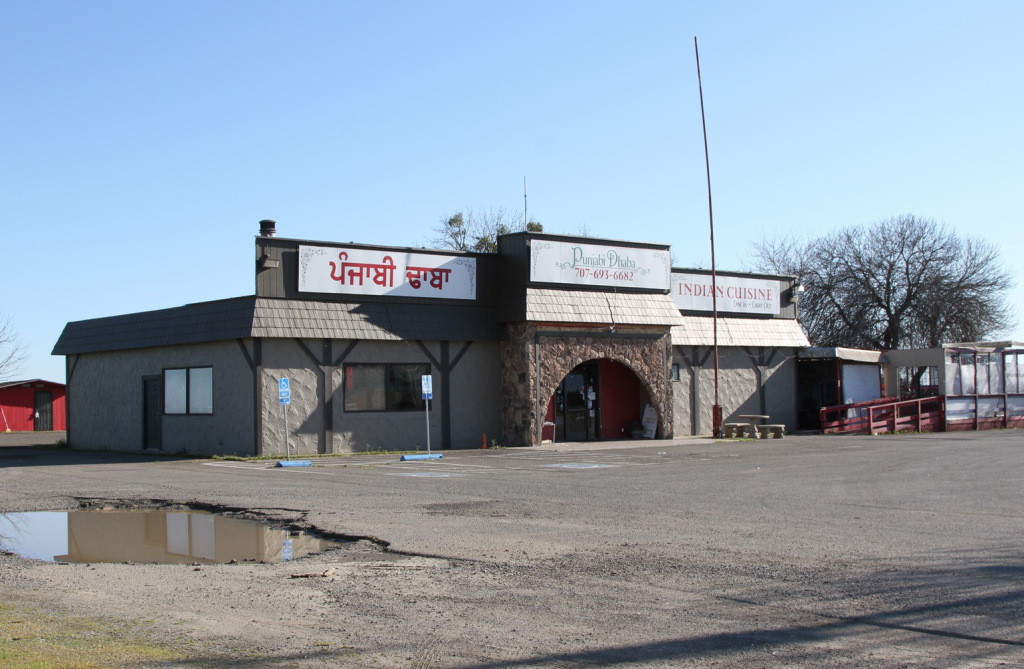
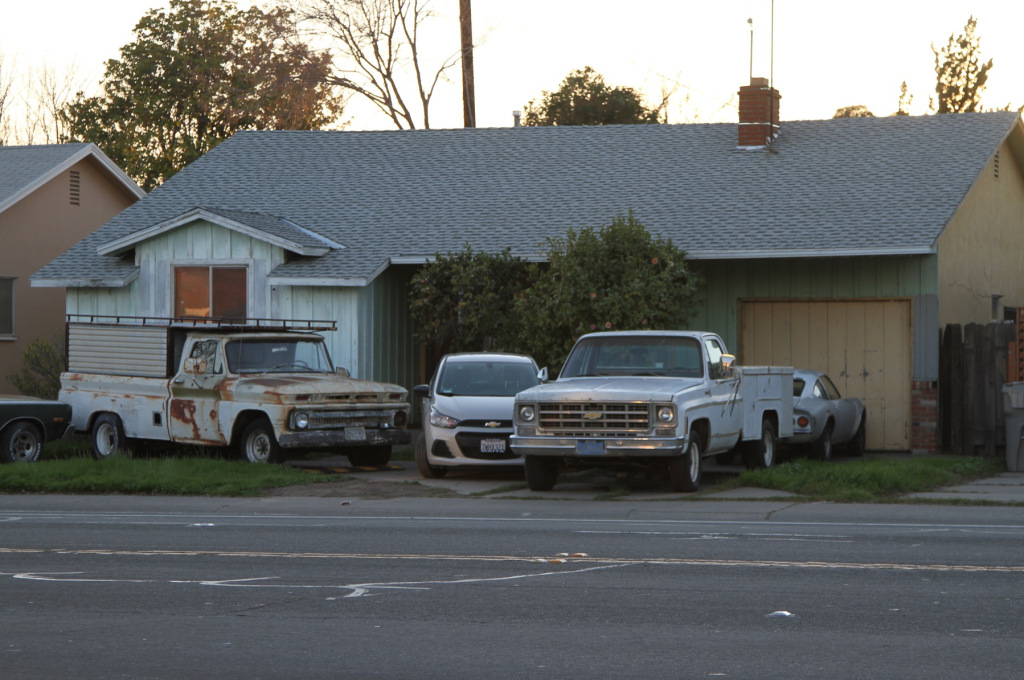
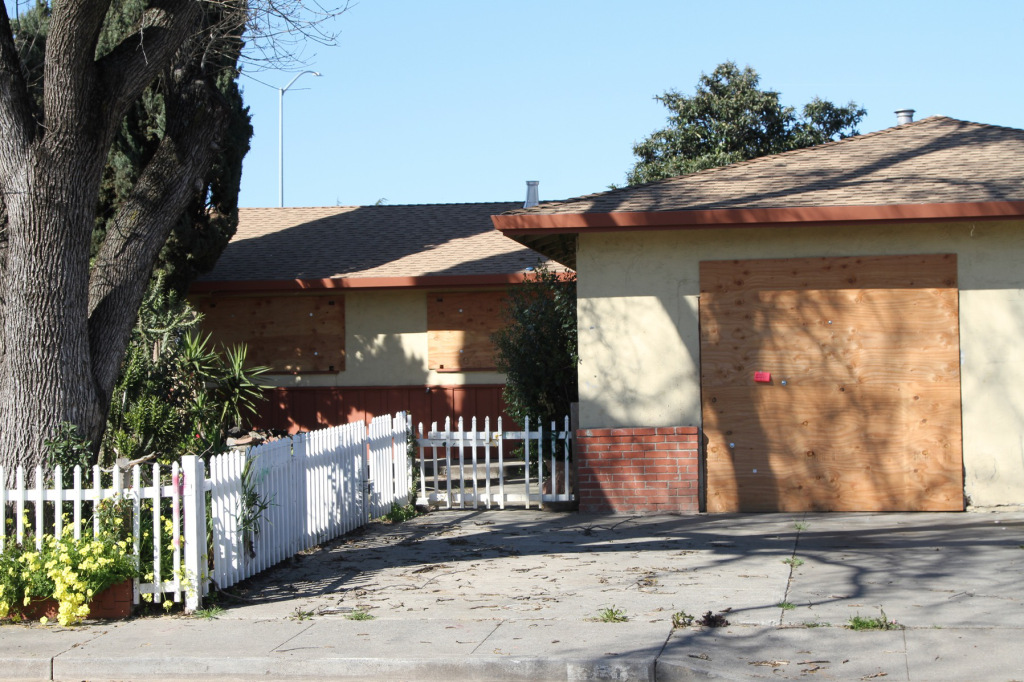
A few miles away is yesterday’s version of growth and progress. Property values have declined. Businesses have moved away. The schools have lost their appeal. Municipal revenues have crashed. People and money are disappearing. This isn’t an anomaly. It’s the natural consequence of things playing out to their logical conclusions. This is the shape of things to come.
(All photos by Johnny Sanphillippo)

